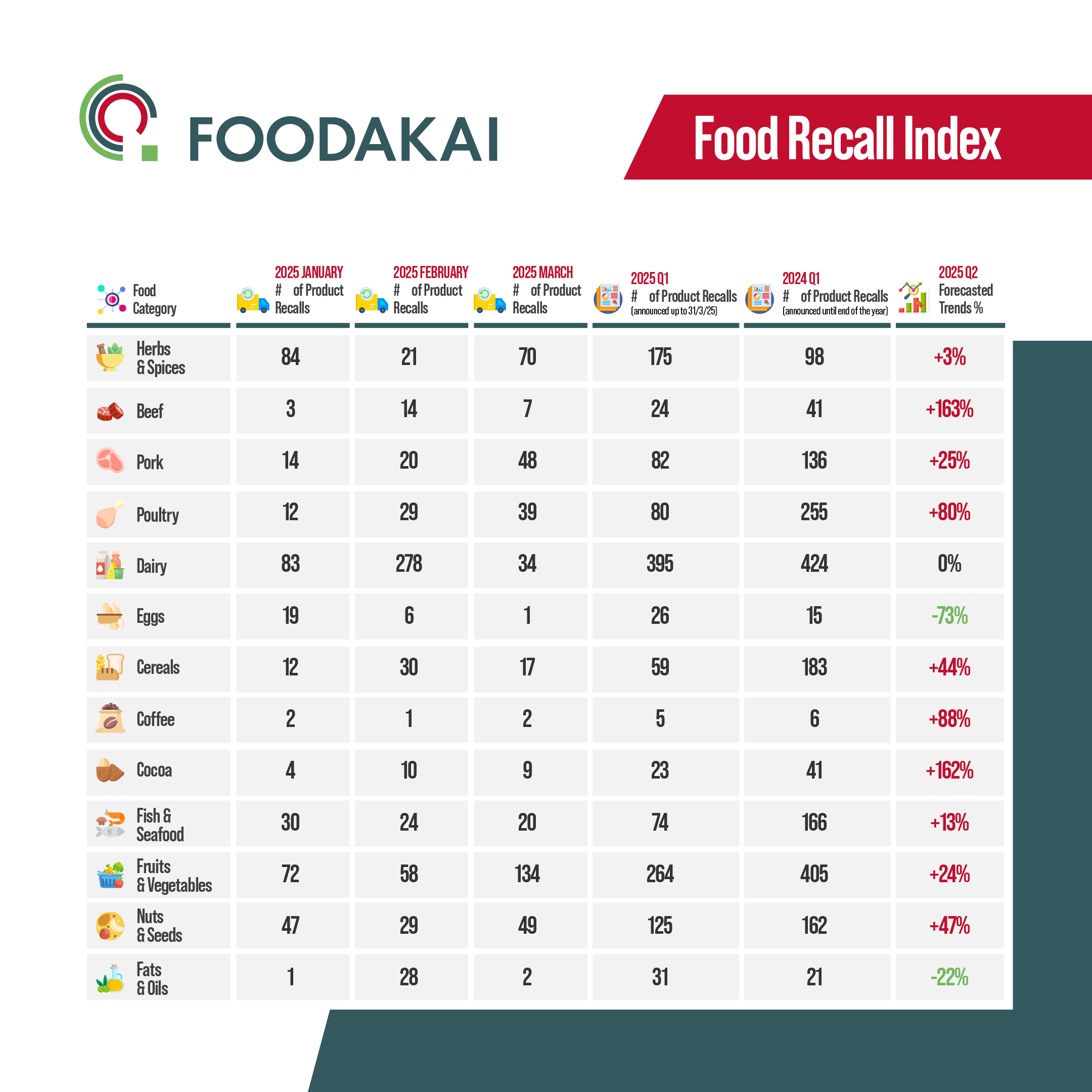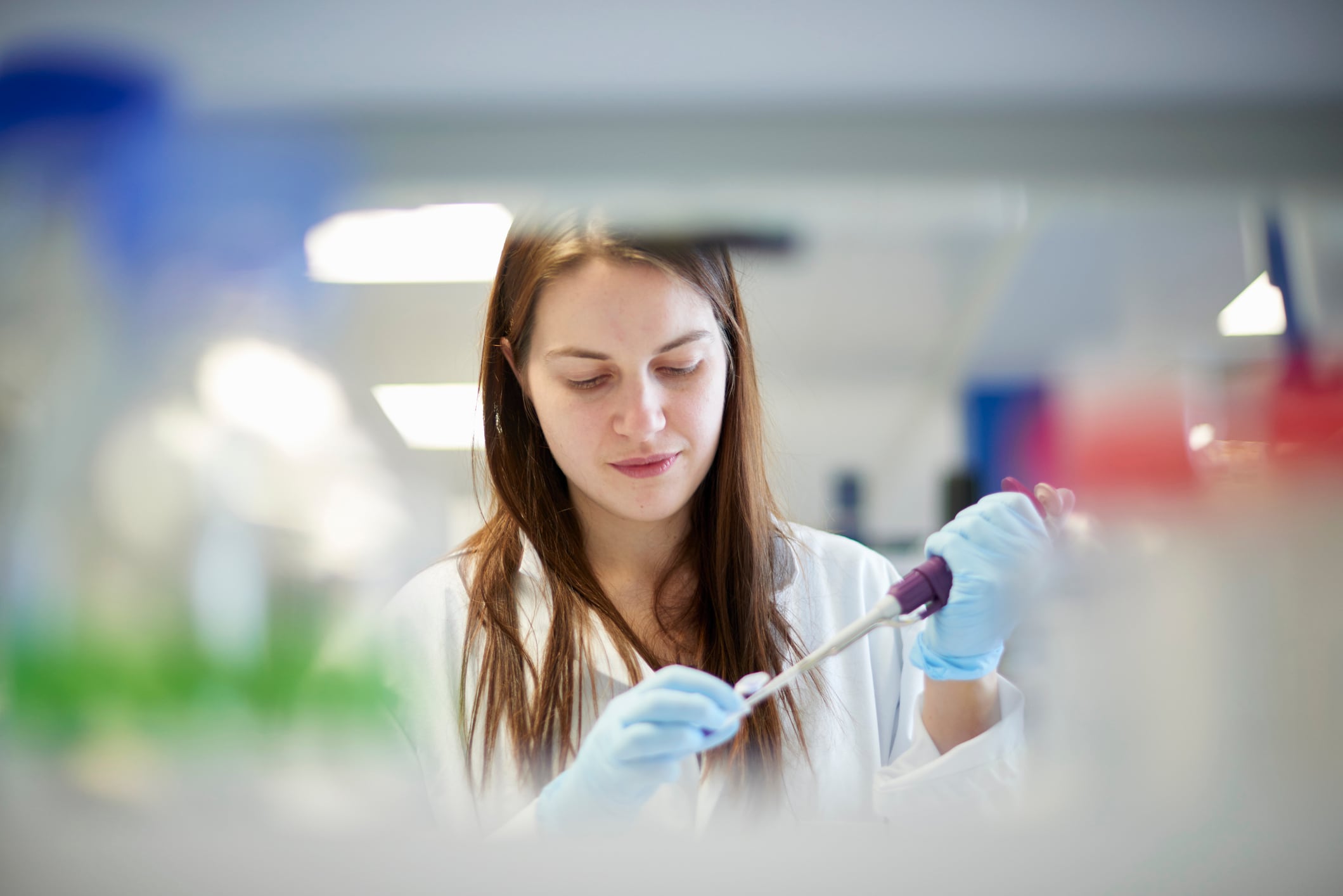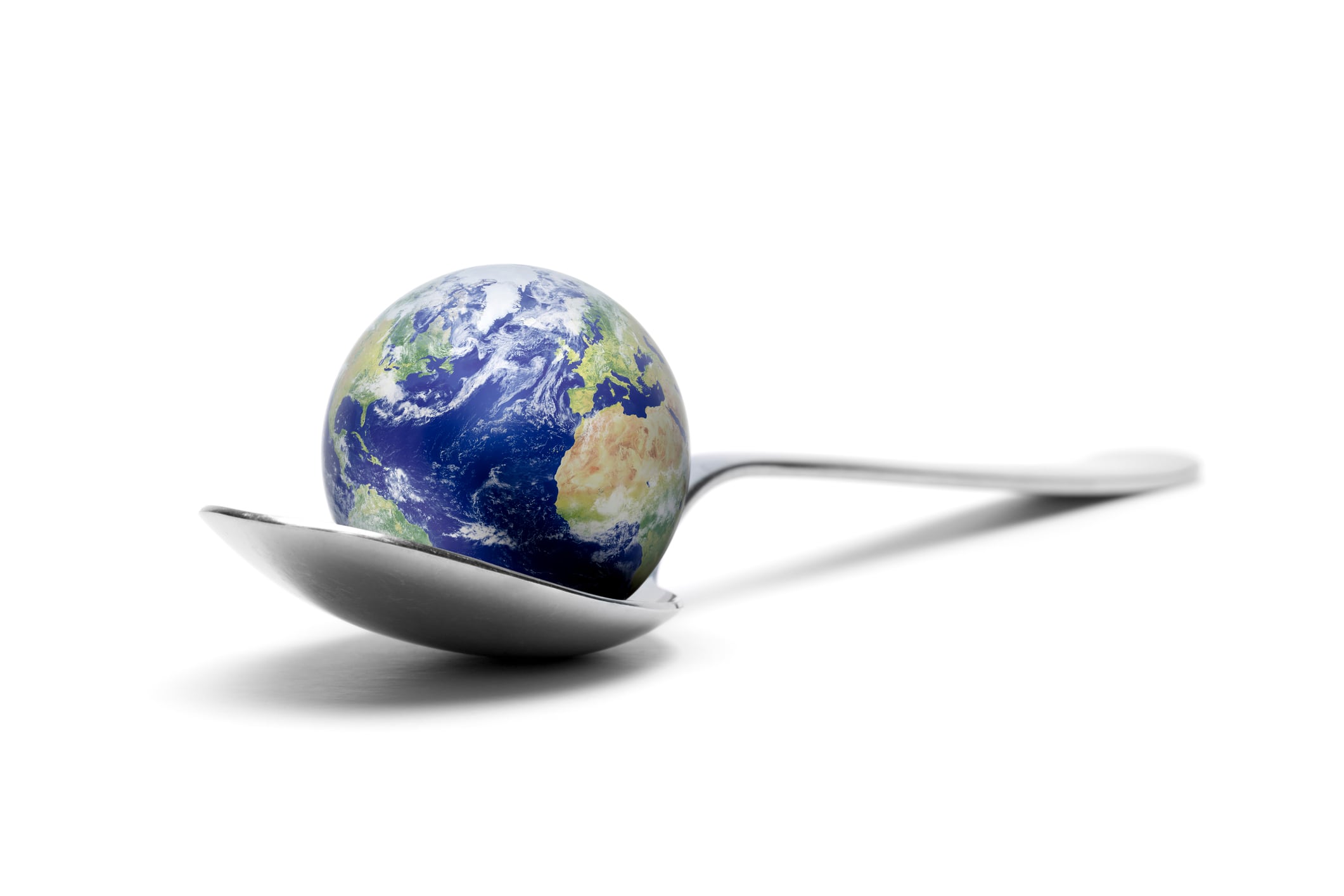A sharp spike in global food and drink recalls for the second quarter of the year is to be expected.
Predicted rises on dairy, poultry and fresh produce recalls should raise questions over safety practices among food and drink industry stakeholders, analysts at food safety intelligence platform Foodakai urge.
The Global Food Recall Index tracks product recalls issued by food safety authorities and highlights a “pressing trend” that is at risk of reshaping food safety risk management.
Dairy product recalls top the list
Dairy product recalls accounted for almost 400 of the 1,363 recalls tracked by Foodakai in Q1, however, this was down from 424 on the same quarter the previous year.
The dairy category continues to face microbiological contamination and handling issues, which are maintaining higher recall levels, said researchers.
“A volume spike in February signals persistent cold chain and process control challenges. This category is expected to remain under pressure,” they added.

Recalls of fruit and vegetables was the second highest category at 264 recalls issued. Although, this was also down from 405 in the previous year.
“Fruits and vegetables continued to be one of the most recalled categories globally,” researchers said. “With pesticide residues and hygiene problems driving numbers.”
Although recalls are down by around 600 year on year, analysts predict major hikes will occur this quarter, with some categories expected to see increases of more than 160%.
Big increases in meat recalls
Recalls of nuts and seeds, cocoa and poultry are expected to increase by 47%, 162% and 80% respectively.
Poultry recalls have been driven by rises in salmonella and listeria outbreaks, signalling higher microbial issues in the meat supply chain in general, with pork and beef also showing an increases.
The only categories predicted to show a decline in recalls are eggs, at a 73% reduction and fats & oils at -22%.
“Unlike most categories, eggs and oils & fats saw a decrease in recall incidents,” said researchers. “These lower figures are expected to continue in the near term, though both remain under close surveillance.”





